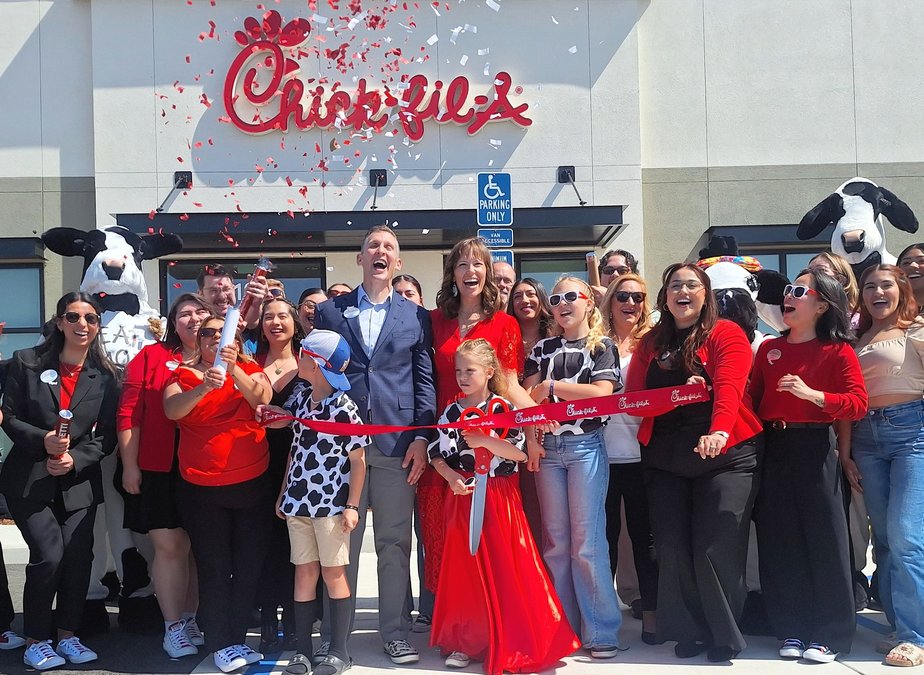It was without a doubt a wet October and November.
Rainfall in Stockton-Manteca was measured at 4.32 percent or 207 percent of normal.
More importantly for long-range water needs parts of the Sierra recorded upwards of 22 inches of precipitation or 205 percent of average.
A recap of the first two months of the water year that started Oct. 1 was released by the Sacramento office of the National Weather Service on Wednesday. It noted it was the 10th wettest fall on record in Stockton-Manteca as well as Blue Canyon at 4,695 feet in the Sierra along Interstate 80 since weather records started being kept in the 1850s.
October by itself was the wettest on record for Stockton-Manteca at 3.86 inches, Modesto at 2.80 inches, and Fairfield at 8.45 inches.
Most of that was delivered by a powerful atmospheric river that slammed Northern California from Oct. 23-25 with 3 to 6 inches of rain falling in the valley and over 13 inches in the mountains during the three days.
Three all-time records were set based on 24 hours of rainfall on Oct. 25. They were 10.40 inches at Blue Canyon (the previous was 9.33 inches in 1964), 5.44 inches in downtown Sacramento (the previous was 5.38 inches in 1880), and 5.51 inches at Sacramento Executive Airport (the previous record was 3.77 inches in 1962).
The fall rainfall plus snow and rain in December through the first week of January has helped ease the drought’s grip on California.
That said the drought is far from over.
The Northern San Joaquin Valley along with all of the Sacramento Valley was in extreme drought as of Jan. 6, one up from the worst classification which is exceptional drought. The Central Sierra — key to stored water supplies for the Northern San Joaquin Valley — was upgraded to severe drought.
The snowpack is critical for California weathering the summer and following fall. It is a de facto reservoir for California providing more than 40 percent of all water needs.
In past years strong December snowfall has sometimes been followed in January and February with anemic storms.
That is why the critical date for determining the state’s water supplies is on April 1 when a survey is conducted to determine the water content of the snowpack that is in place at that time.
Gov. Gavin Newsom earlier this month reminded Californians there is a statewide drought emergency and that water use needs to be cutback 15 percent on a voluntary basis to avoid possible rationing if the water year ends up being below normal.
To contact Dennis Wyatt, email dwyatt@mantecabulletin.com









